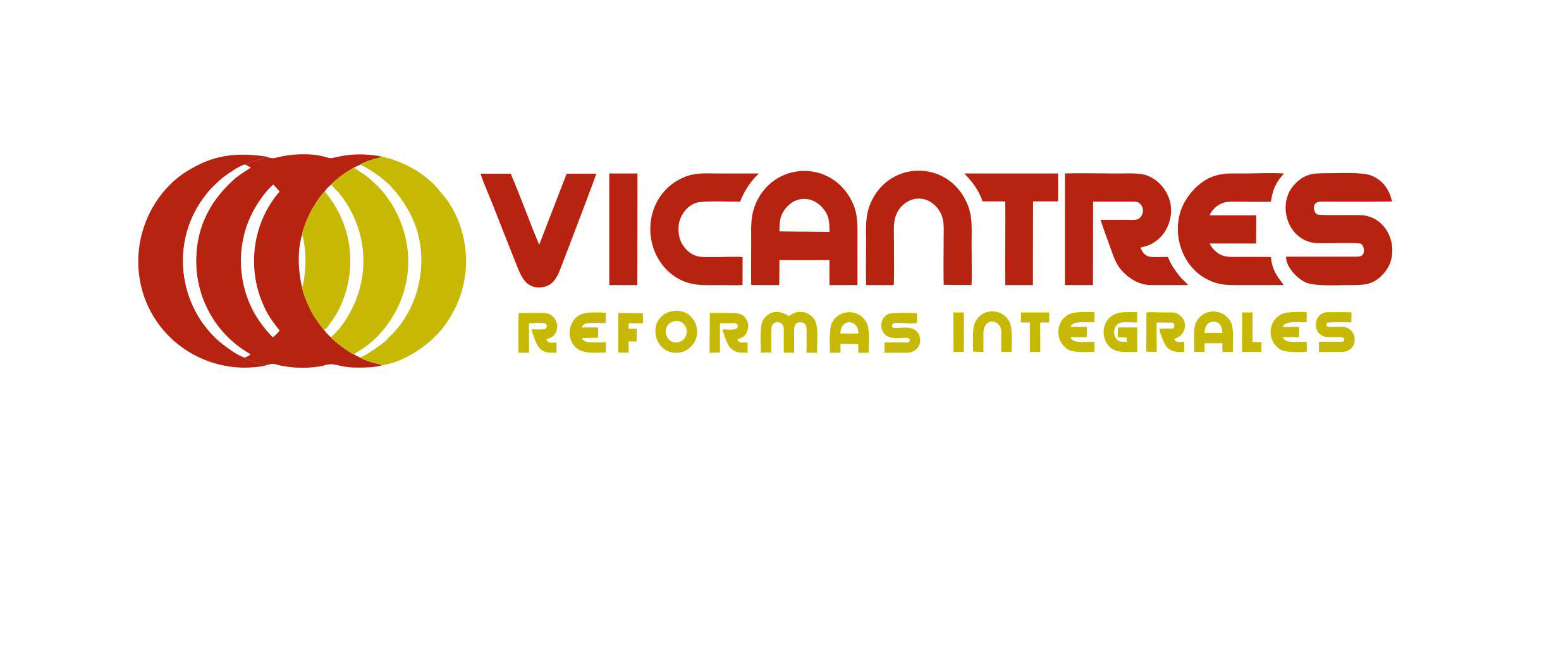16 Abr What Is Pharmacovigilance Definition
The EMA Pharmacovigilance System Manual describes how the EMA performs, monitors and reports on how the EMA performs, monitors and reports on its pharmacovigilance tasks for medicinal products for human use: hosting global networks such as the WHO International Drug Monitoring Programme (PIDM) to promote pharmacovigilance in countries. ICH E2A characterizes side effects according to the stage of the life cycle of the drug. If the product has not yet been placed on the market, the side effects are all «harmful and unintentional reactions»1 to the product, regardless of the dose. This classification reasonably means that a link between the product and the reaction «cannot be excluded»1. Once the product is placed on the market, «adverse reactions» include reactions that, in turn, are «harmful and unintentional» but occur at routine doses established for use in humans for the prevention, diagnosis or treatment of the disease or to impair «physiological function»1. However, some more recent definitions include dose reactions and uses outside of what is recommended. ISoP is an international non-profit scientific organization that aims to promote pharmacovigilance both scientifically and educationally, and to improve all aspects of the safe and orderly use of drugs in all countries. [23] It was founded in 1992 as the European Society of Pharmacovigilance. [24] Pharmaceutical regulators play a key role in national or regional pharmacovigilance surveillance. Some of the agencies involved are listed below (in order of drug spending in 2011 by the IMS Institute for Healthcare Informatics). [26] In 1986, CIOMS established its first Pharmacovigilance Working Group, a Working Group on International Notification of Adverse Drugs, to study how to coordinate and standardize the international reporting of undesirable drugs by drug manufacturers to regulatory authorities. Its program was limited to post-marketing reporting of side effects that occur in one country and that the pharmaceutical industry should report to regulators in other countries where the drug is also marketed. Aggregated reports, also known as periodic reports, play a key role in assessing the safety of medicines.
Aggregate reporting involves compiling data on the safety of a drug over a longer period of time (months or years), as opposed to case-by-case reporting, which by definition only includes individual AR reports. The advantage of aggregate reporting is that it provides a broader view of a drug`s safety profile. The world`s largest aggregated report is the Periodic Safety Update Report (PSUR) and the Development Safety Update Report (DSUR). It is a document that is presented to drug regulators in Europe, the United States and Japan (ICH countries), as well as to other countries around the world. The PSUR was updated in 2012 and is now called in many countries the Periodic Benefit-Risk Assessment Report (PBRER). As its title suggests, the PBRER focuses on the benefit-risk profile of the drug, which includes a review of the relevant safety data compiled for a drug product since its development. Pharmacovigilance is the science and activities related to the detection, evaluation, understanding and prevention of side effects or other drug-related problems. The European Medicines Agency (EMA) coordinates the European Union (EU) pharmacovigilance system and manages services and processes to support pharmacovigilance in the EU. Although somewhat intuitive, there are a number of criteria within pharmacovigilance that are used to distinguish a serious adverse event from a non-serious adverse event.
.




Sorry, the comment form is closed at this time.